You may have seen the name DAC or digital-to-analogue converter but never really given it any thought. In this article, we’ll give you the low-down on what a DAC is used for. Amazingly, you’re probably using one daily without even realising it!
So, what is a DAC? Since CDs, MiniDiscs, and digital tape came about, we’ve needed a way to listen to the material via our speakers or headphones. DACs solve this issue by converting those digital 1s and 0s to an analog format.
Oddly, some devices like the Technic SL-1210GR2 turntable also use a DAC to assist in driving the platter to keep perfect timing.
That’s the very basics of it, now let’s go into more detail…
In a hurry?
Here’s everything we cover in the article summed up in a few points!
- The DAC is the musical brain of your system. Its primary job is to convert digital codecs (PCM or DSD) into a signal which is turned into soundwaves we can hear
- DSD is a single-bit bitstream while PCM uses a multi-bit bitstream solution. They both carry 1s and 0s along their codec but deliver music differently
- File formats matter and the size of the data you listen to is key as it limits the amount of information the DAC has to work with; too little data starves the DAC of information
- For phones and computers, USB DACs are needed. Digital connections like BNC, Optical TosLink, Coaxial, and HDMI are usually required for all other electronics
What is a DAC?
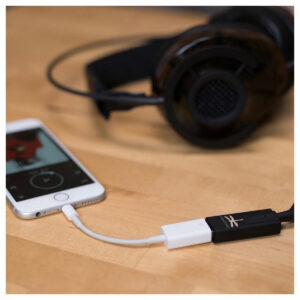 A DAC, or a digital-to-analogue converter, is a very special chipset; you could call it the musical brain of the system. It’s made of many micro components and can read digital musical binary codecs. It then converts these from digital pulses to a signal our speakers can output as soundwaves once they have been amplified.
A DAC, or a digital-to-analogue converter, is a very special chipset; you could call it the musical brain of the system. It’s made of many micro components and can read digital musical binary codecs. It then converts these from digital pulses to a signal our speakers can output as soundwaves once they have been amplified.
Without a DAC, the digital musical revolution wouldn’t look the same.
You may have heard of “Pulse-Code Modulation”. PCM is a standard form of digital audio represented as a string of 1s and 0s.
To get those 1s and 0s from analogue music, we have a system for measuring the signal path called quantisation. This takes regular time samples and stores them as close to the original within its amplitude values.
CDs have no less than 65,536 amplitude values while Hi-Res 24Bit incorporates an eye-watering 16,777,216 of them. So, what’s important about these numbers? Well, the higher the number, the lower the noise floor, thus allowing for accuracy.
Direct Stream Digital Audio may be something else you’ve heard of, usually shortened to DSD Audio. Similar to PCM, it stores 1s and 0s into a binary number system which DACs understand. This codec has been designed to convert analogue signal paths into one stream of data (apparently without limit).
Modern DACs are also famous for playing a multitude of musical formats like ALCC, FLAC, WAV, and MP3. This gives the DAC a few more complexities as MP3 may only have 96kbps while ALCC, FLAC, and WAV can even surpass CDs’ data output stream of 1411kbps to a mighty 9,216kbps of information streaming every second.
If your DAC has a Master Clock, making it an asynchronous DAC, everything that is required to be controlled by the music is all housed within it. This helps keep jitter and dither (a common cause which spoils accurate playback) as low as possible.
Why do I need one?
If you listen to any medium of digital music, you need a DAC to decode the information hidden within the digital format. This is true regardless of whether you use a pair of budget earphones via your mobile phone or on a dedicated hi-fi system.
In this digital era, DACs are always needed, and so your phone and CD player will already have one built in! Only vinyl and cassette negate this via traditional amplification methods. What’s more, even turntables are starting to include them as they bring an accuracy to the rotation of the platter that far exceeds standard methods.
DSD and PCM
As mentioned, DACs use two types of digital formats: DSD and PCM.
DSD was born after Sony and Philips felt the need to further develop the humble CD, which is limited to 16Bit/44.1kHz. They developed the Super Audio Compact Disc (SACD); its DSD digital format uses a single-bit bitstream layer of information, while PCM uses a multi-bit bitstream system.
Another difference is the way the formats are measured, DSD measures in MHz with SACD (DSD64) achieving a 2.8MHz ceiling – about 64 times that of the 44.1kHz found on CD!
With downloadable PCM files (ALCC, FLAC, and WAV) using that multi-bit bitstream system, they’ve also surpassed the CD’s maximum output of 44.1kHz. Many PCM files Display 24Bit/48kHz, and some rise to the heights of 24Bit/192kHz, all being defined as hi-res just like DSD file formats.
DVD-Audio and Blu-ray Audio are other disc-type multi-bit bitstream musical formats which have virtually disappeared, while ALCC, FLAC, WAV, and DSD are still competing in hi-res battles.
Good to know: If you don’t see the DSD logo on your DAC, it will not play them!
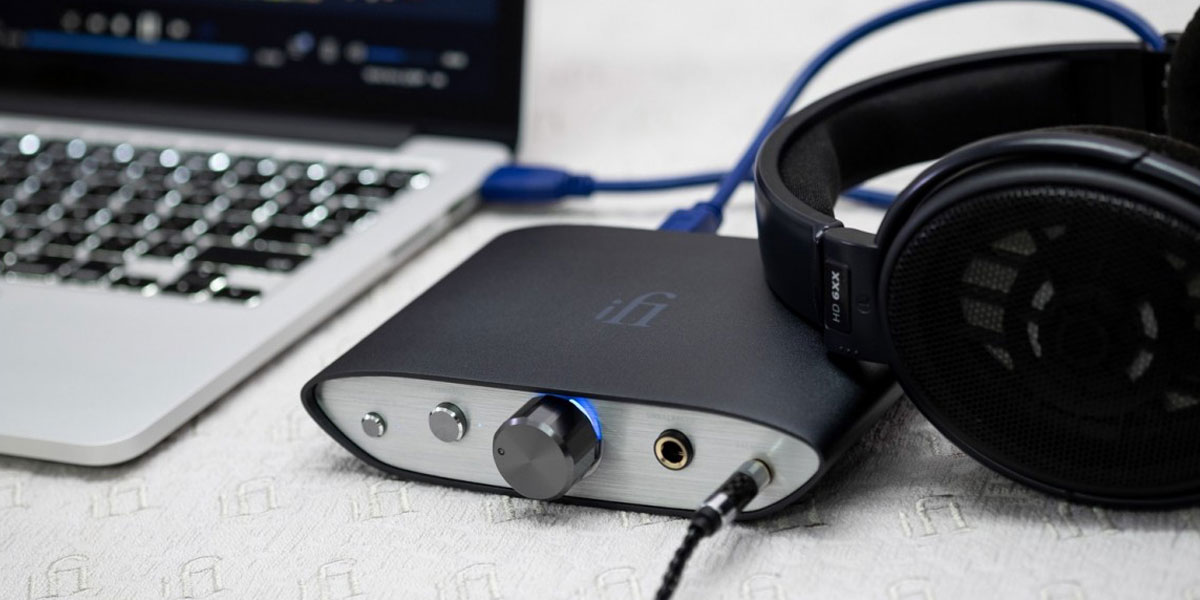
Don’t forget about your source material
You need to feed your DAC properly for high-res results. Take fast food, for example; when we eat it, we can feel a little sluggish afterwards, and the same can be said for DACs. They thrive on data and small amounts of data are its fast food.
MP3 and lossy are the fast food of music and, while they’re great at what they do, when it comes to listening to music, they have so much of the data stripped away. The telltale signs of MP3 and lossy are any details that get lost; if you notice something in the music but it’s out of audible range, you’ll probably turn the music up… but this just creates noise.
You can improve those inaudible parts it teases you with by giving your DAC better source material, allowing it to feed properly on the multi-bit and single-bit bitstreams information.
Finding the right DAC
For mobile and headphones
 Simple solutions like the AudioQuest DragonFly Black are great! USB is a must as it requires low energy usage. Phones are very clever and can even dull the DAC’s performance if it feels it’s drawing too much power.
Simple solutions like the AudioQuest DragonFly Black are great! USB is a must as it requires low energy usage. Phones are very clever and can even dull the DAC’s performance if it feels it’s drawing too much power.
If you’re a little more serious about streaming on the go, look at products like the Astell&Kern AK HB1. Portable DACs which include their own battery pack allow your phone to work like a phone while playing music to your headphones like a HiFi system.
For desktop
Connecting a USB DAC like the FiiO K11 removes the power issues that come with simple DACs for mobile. DACs like this also replace the device’s internal soundcard. This brings the level of isolation required.
For a high-end desktop or Hi-Fi setup
Those who have jumped from CD players to high-end desktops will understand that a USB DAC is paramount to performance. DACs like the Teac UD-505-x that use external Master Clocks such as the Teac CG-10M seamlessly integrate into systems well above £25k with ease.
For streaming, headphones, or HiFi
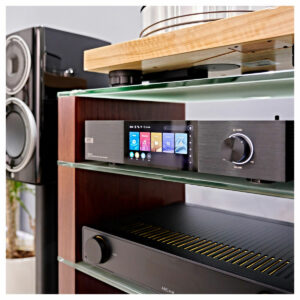 If you’re looking for a simple no-nonsense product, DACs like the Novafidelity N15D are ideal. These compact streaming systems usually have Roon capabilities and do exactly what they say on the tin. They’re not shouty in design, but certainly make up for it in musical ability.
If you’re looking for a simple no-nonsense product, DACs like the Novafidelity N15D are ideal. These compact streaming systems usually have Roon capabilities and do exactly what they say on the tin. They’re not shouty in design, but certainly make up for it in musical ability.
For high-end streaming, products like the Eversolo DMP-A8 have been setting the streaming world on fire. If you stream music regularly, we recommend using a dedicated streaming DAC. Read our full review of the Eversolo DMP-A8 here.
For those who just want a simple streaming DAC with power, WiiM Amp Streaming is one of a new breed of solutions where you simply hook up a pair of speakers and enjoy music to your heart’s content. The WiiM Mini is similar, boasting a built-in TI stereo DAC as well as an optical cable and output port for connection to an external DAC.
For CD players
Using your CD Player’s Optical or Digital output transforms how it works by turning it into a Transport. External DACs like the Topping D50B then take full control of the music by passing the signal back towards the amplifier using RCA outputs.
For HDMI media players
Another growing area with dedicated DACs is products like the FiiO R9 Media Player. They also include HDMI ability, but don’t mistake them for just TV add-ons – they’re true audiophile electronics.
Good to know! Many USB DACs have their own computer drivers to optimise their performance, so be sure to consult the manufacturer’s website.
FAQs
What is the purpose of DAC?
The DAC or digital to analogue converter is a clever chipset that has been designed to convert digital files like MP3s, CDs, and Streamed Music to signals that we can hear through speakers. Without it, we would still be listening to cassette tapes and vinyl records.
Do I have a DAC in my AV receiver?
Every AV receiver has a built-in DAC as it’s an integral part of its room correction system. In fact, the only way not to use the built-in DAC is to use the AV receiver in pure-direct mode in which it turns off all digital processing.
What’s the best DAC for an audiophile?
For HiFi enthusiasts and audiophiles, the best DAC depends on your electronics. If your system is worth up to £1k, the Topping D50S is an ideal solution. If money isn’t an object, I’d suggest the Teac UD-701.
Final thoughts
If you’ve ever wondered, what is a DAC?, I hope I’ve covered everything you wish to know! Almost everyone in the modern world uses one, even if they don’t know.
If you’re a music lover like me, I’m sure you’ll agree it’s been a true revelation. How they’ve improved from those simple DACs found in the early CD Players to asynchronous USB DACs of the modern age is remarkable. They’ve completely changed the way I, and I’m sure you, listen to music.


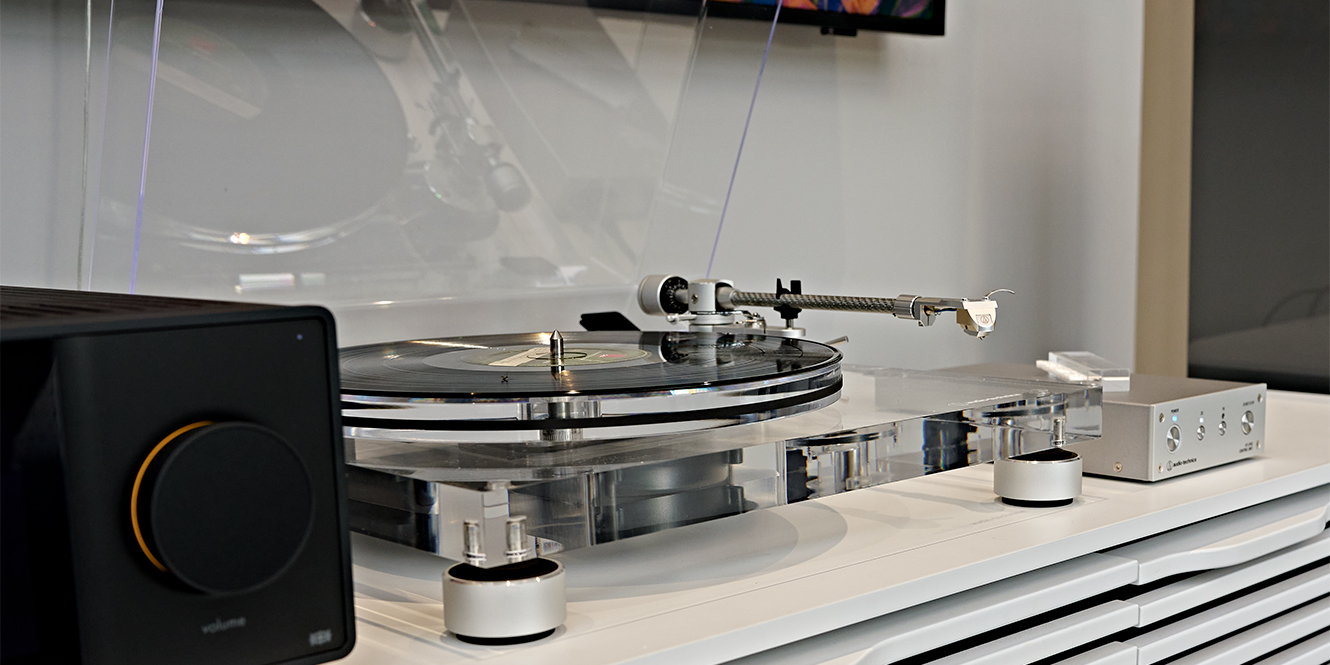
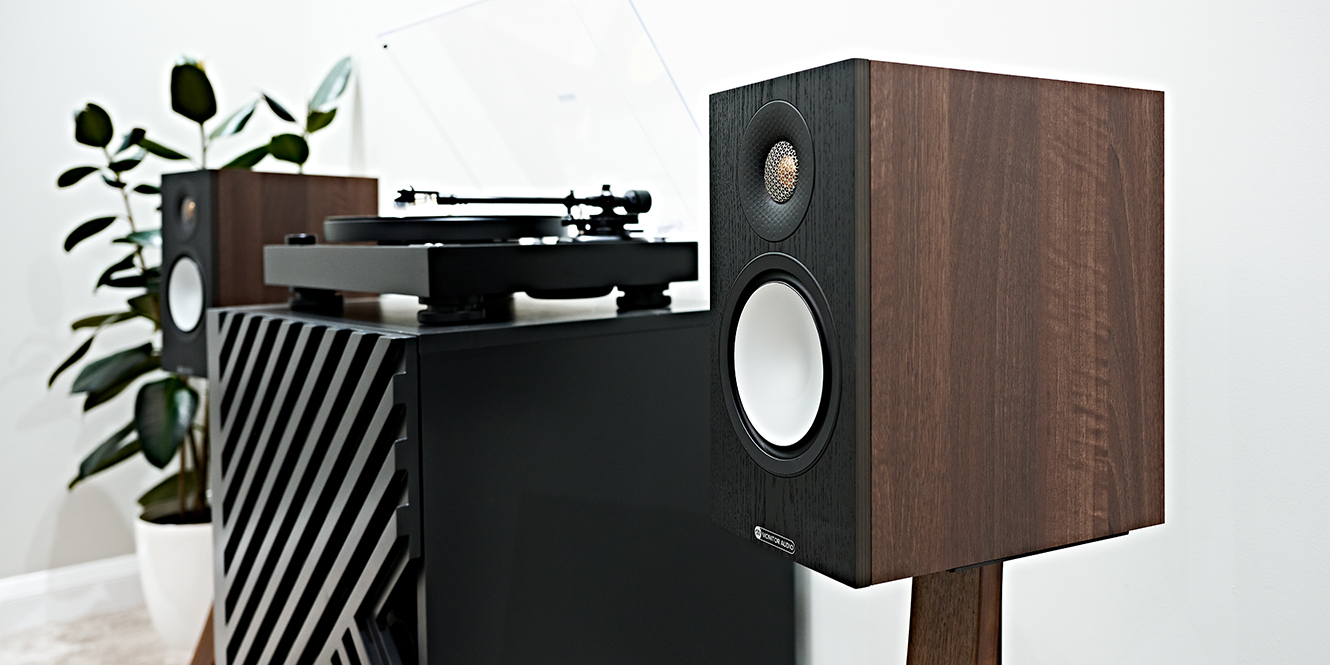
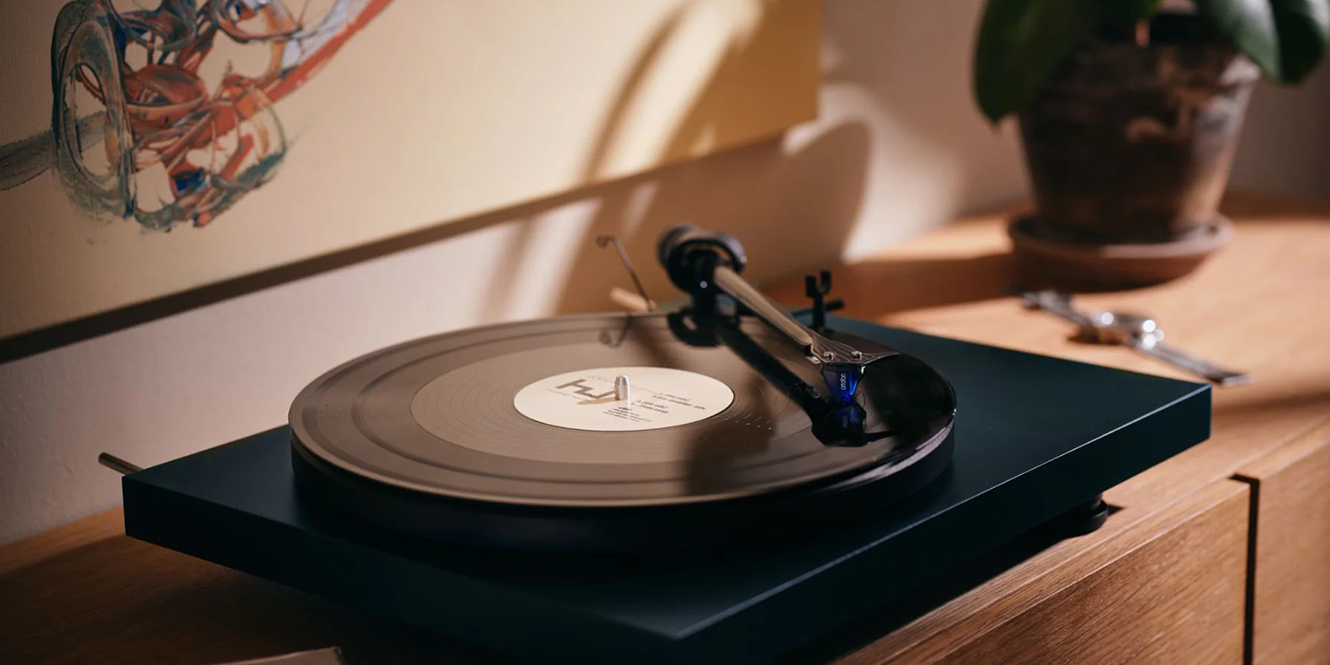
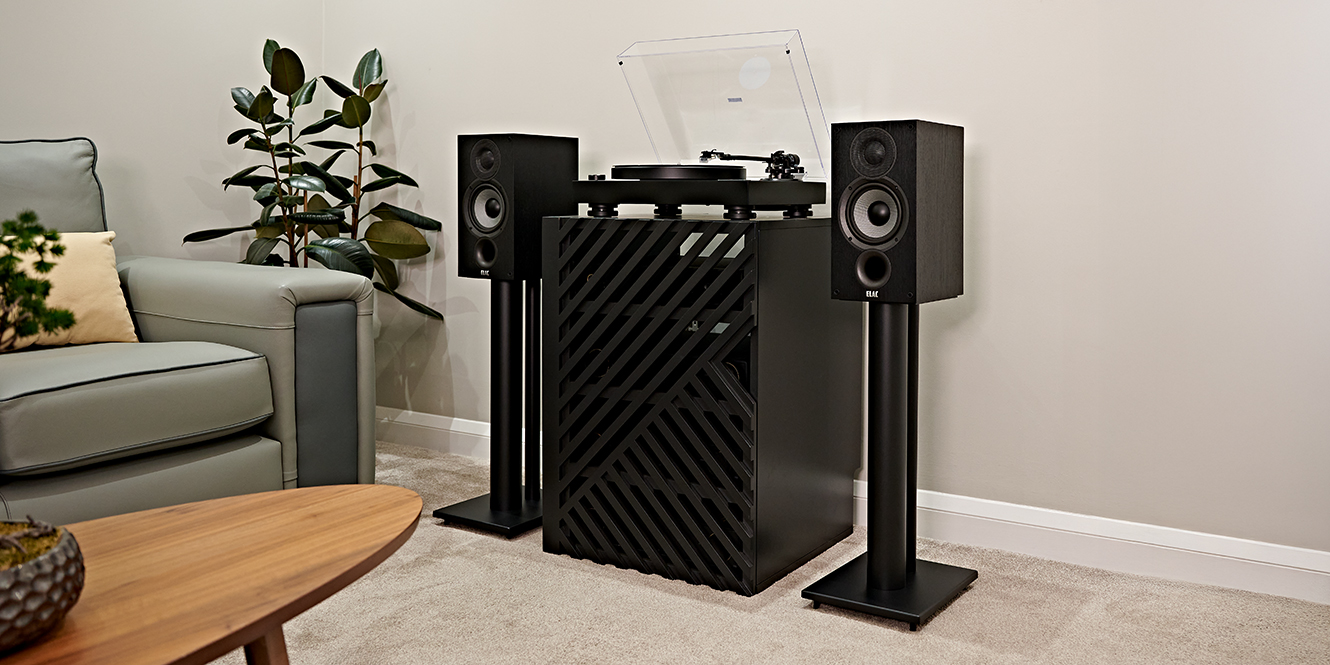
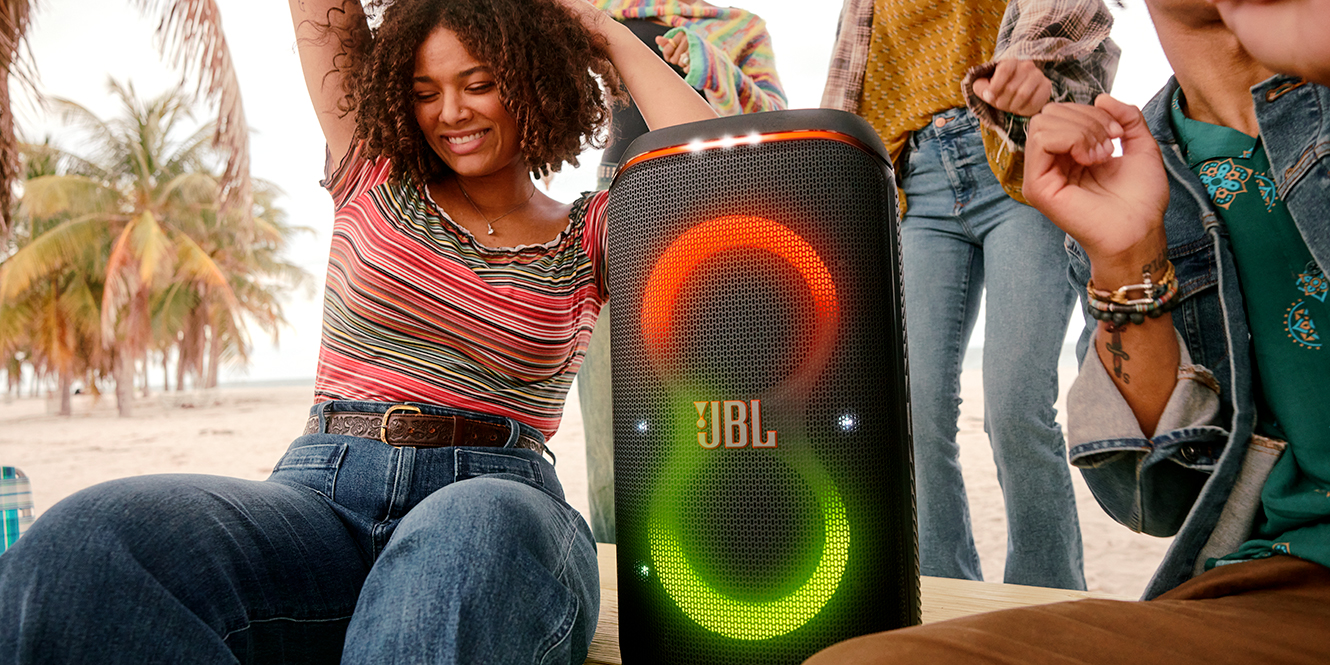



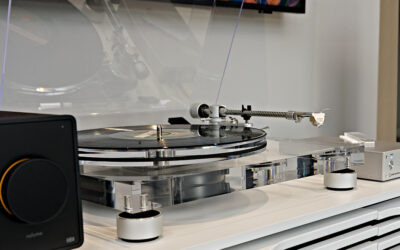
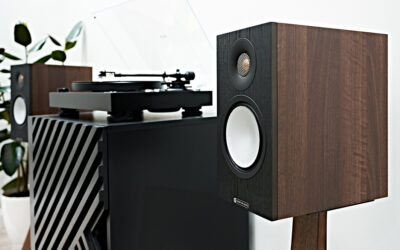

0 Comments